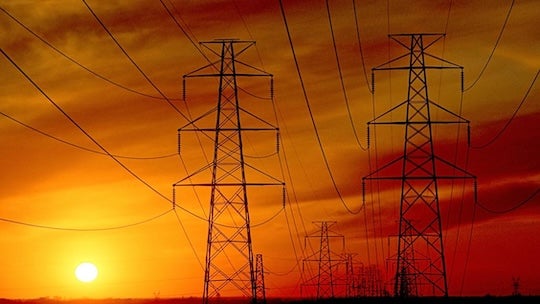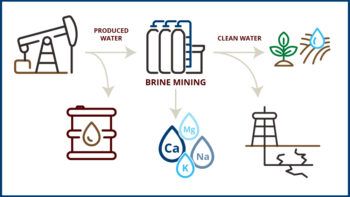By Avery Ruxer Franklin
February 9, 2024 — The reliability of electricity service in ERCOT, the Electric Reliability Council of Texas, has come under increased scrutiny since Winter Storm Uri in February 2021. Increasing demand will create issues, but there are several available “insurance” actions that will likely need to be called upon to ensure long-term reliability, according to a new report from Rice University’s Baker Institute for Public Policy.
Currently, ERCOT is like a new, high-performance sports car being driven 100 mph without insurance, said Ken Medlock, senior director of the Baker Institute’s Center for Energy Studies.
“Over the last five years, ERCOT has seen a steady year-on-year increase in calls for conservation as demand growth outstrips dispatchable, or controllable, generation capacity,” Medlock said. “Dispatchable resources such as natural gas, hydro, batteries and geothermal provide generation services that can be called upon to meet minute-by-minute variations in demand. Non-dispatchable resources such as wind and solar are only available when the wind is blowing or the sun is shining, so their variation is not controllable.”
Reliability on an electric grid requires sufficient redundancy and dispatchability to meet peak demands, effectively acting as insurance when load increases or some generation sources are unexpectedly not operational, Medlock said.

Electricity and resource reliability in ERCOT have been a top legislative, regulatory and commercial priority for the past few years in Austin. Demand (load) in Texas has grown substantially over the last 20 years and is expected to see continued growth in the future, driven by strong population growth, robust economic expansion and shifts to electrification of various energy services. This includes a significant push toward electrification of oil and gas operations that has manifested in very strong regional load growth in high oil- and gas-producing regions across the state.
Complicating matters is the fact that load is growing in the Texas Triangle — the region between Houston, Dallas-Fort Worth, and Austin-San Antonio — while most new generation capacity has been added in West and South Texas. This mismatch between load and generation is stressing transmission capacity across the state, Medlock said.
Additionally, projected growth in carbon capture and storage and the “green” hydrogen industry as well as greater adoption of electric vehicles will further increase the demand for electricity in the Texas Triangle, potentially exacerbating an emergent problem.
“Texas has also seen tremendous growth in wind and solar generation capacity over the last 20 years, and it is now No. 1 in the nation in terms of existing wind capacity and No. 1 in terms of planned capacity additions for wind and solar,” according to the report. “Such aggressive growth of intermittent resources, while motivated by environmental goals, will compromise reliability if there is little to no concomitant addition of dispatchable forms of generation. Continued growth in system load, and changes in its geographic distribution, only exacerbates matters.”
The “insurance” options include more aggressive use of demand management programs, investing in storage capacity in load centers or alongside wind and solar generation to support more efficient use of existing transmission capacity, locating future generation capacity closer to major load centers and expanding dispatchable generation capacity. But policy will ultimately influence which options can be profitably exercised, the authors argue.
“Allowing risks to reliability that can be avoided at reasonable cost is unacceptable,” the authors write. “Appropriate market design and sufficient regulatory oversight is critical, which ranges into topics from market structures that ensure sufficient backup capacity to adequate penalties for underperformance by generators under specific obligations.
“In the end, resource adequacy and reliability are in the best interests of all market participants — producers and consumers alike — as (ERCOT) establishes a platform for long-term growth. Identifying investment opportunities to provide reliability is paramount, and the portfolio of options in ERCOT is substantial.”
Learn more about the data, analysis, and recommendations here.








